NASA has officially updated the public about the two stranded Boeing astronauts, Butch Wilmore and Suni Williams, and when they’re going to head back down to Earth.
Astonishingly, NASA has admitted that Boeing’s Starliner capsule — the spacecraft that Wilmore and Williams rode into space on — is too unsafe to bring the duo back home.
Stranded Boeing Astronauts
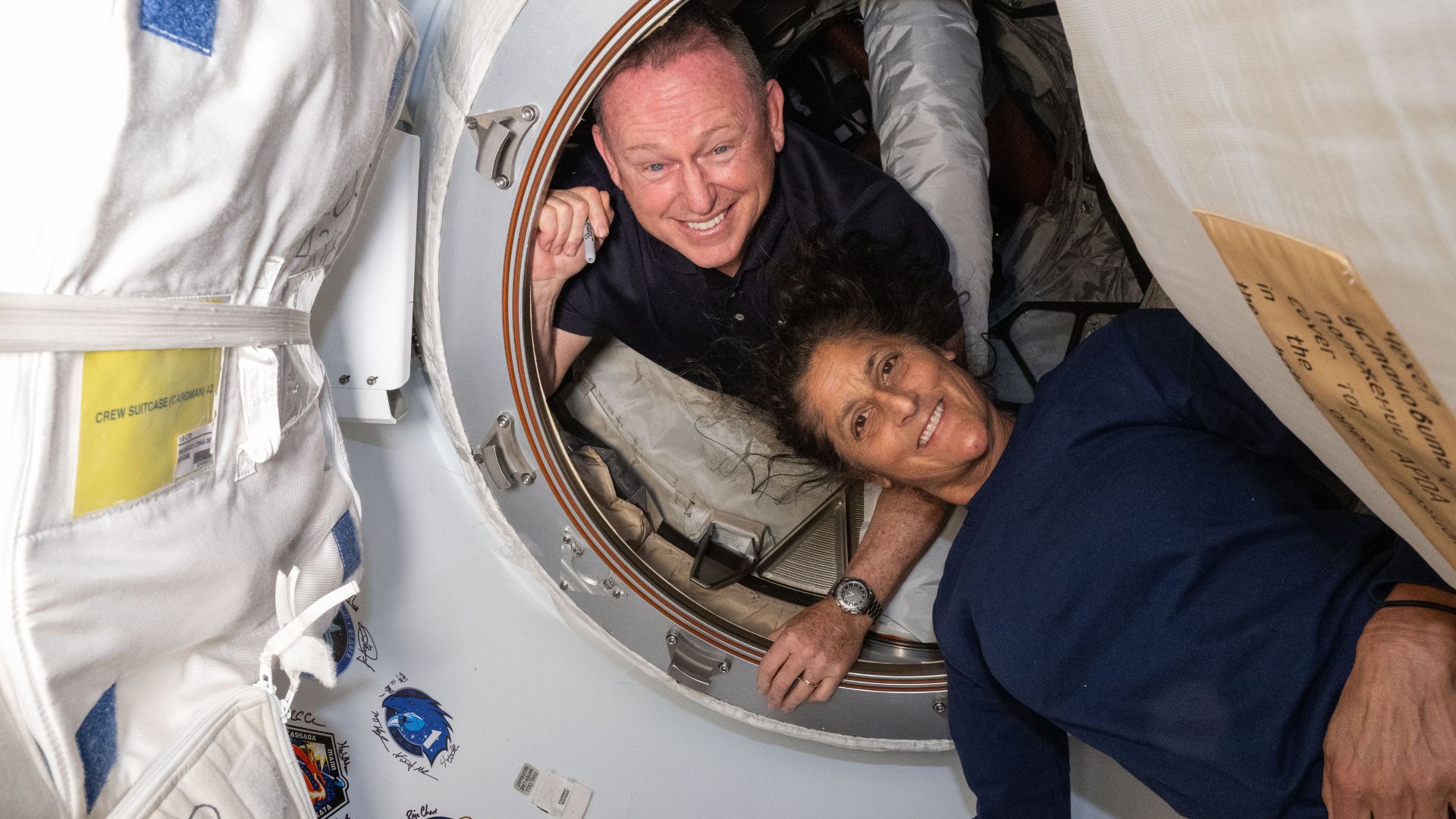
For more than two months, Williams and Wilmore have been stuck on the International Space Station (ISS).
The two were a part of Boeing’s first crewed mission, which sent them up into space in the Starliner, eventually docking at the ISS for what was supposed to be only a week’s stay.
Problems Plague Boeing’s Starliner
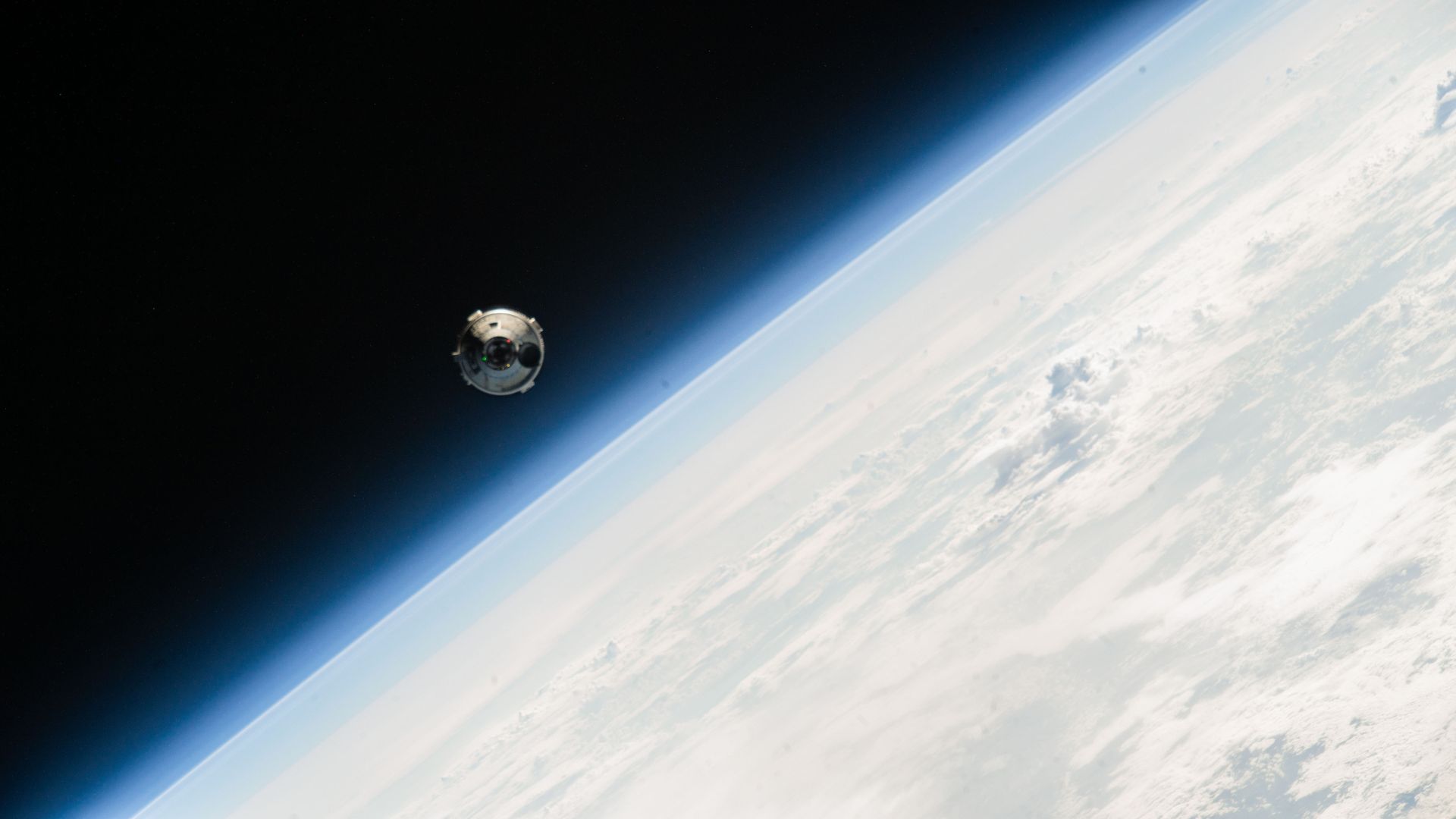
However, problems have occurred seemingly every step of the way for Boeing’s Starliner. At first, the launch of the Starliner was scrubbed multiple times — sometimes so last minute that Wilmore and Williams were already strapped into their seats in the capsule.
Other issues arose when the Starliner went into orbit and prepared to dock with the ISS.
Analyzing These Issues
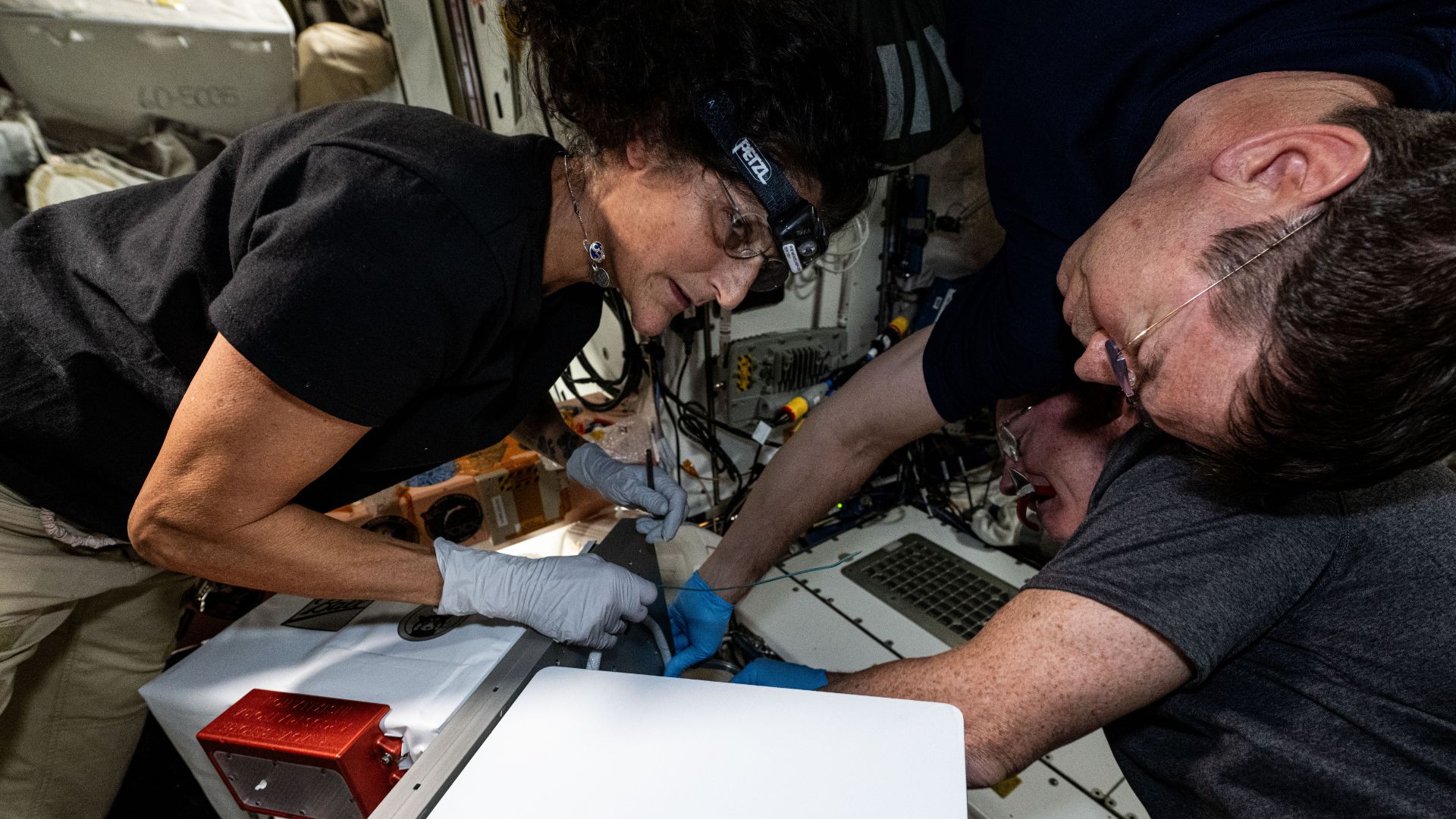
Because of these many unexpected issues, NASA and Boeing have worked to analyze all the problems that the Starliner had while Williams and Wilmore were on the ISS.
This also led to the team delaying the astronauts’ return to Earth. What was supposed to be a week’s stay has turned into a few months.
A New Update

Now, NASA has officially updated the public on when they can expect to see Williams and Wilmore back down on Earth — and the update is quite astonishing.
According to NASA officials, it is too risky to bring Williams and Wilmore back home on the Starliner. As a result, they’re not going to.
Starliner Will Return to Earth Empty

NASA has further revealed that Boeing’s Starliner craft will return to Earth — but it won’t have the astronauts inside it.
Instead, Starliner will return to Earth empty. The capsule will undock from the ISS in September. It will then attempt to return to Earth while on autopilot, touching down in a desert in New Mexico.
How Will the Stranded Astronauts Return?
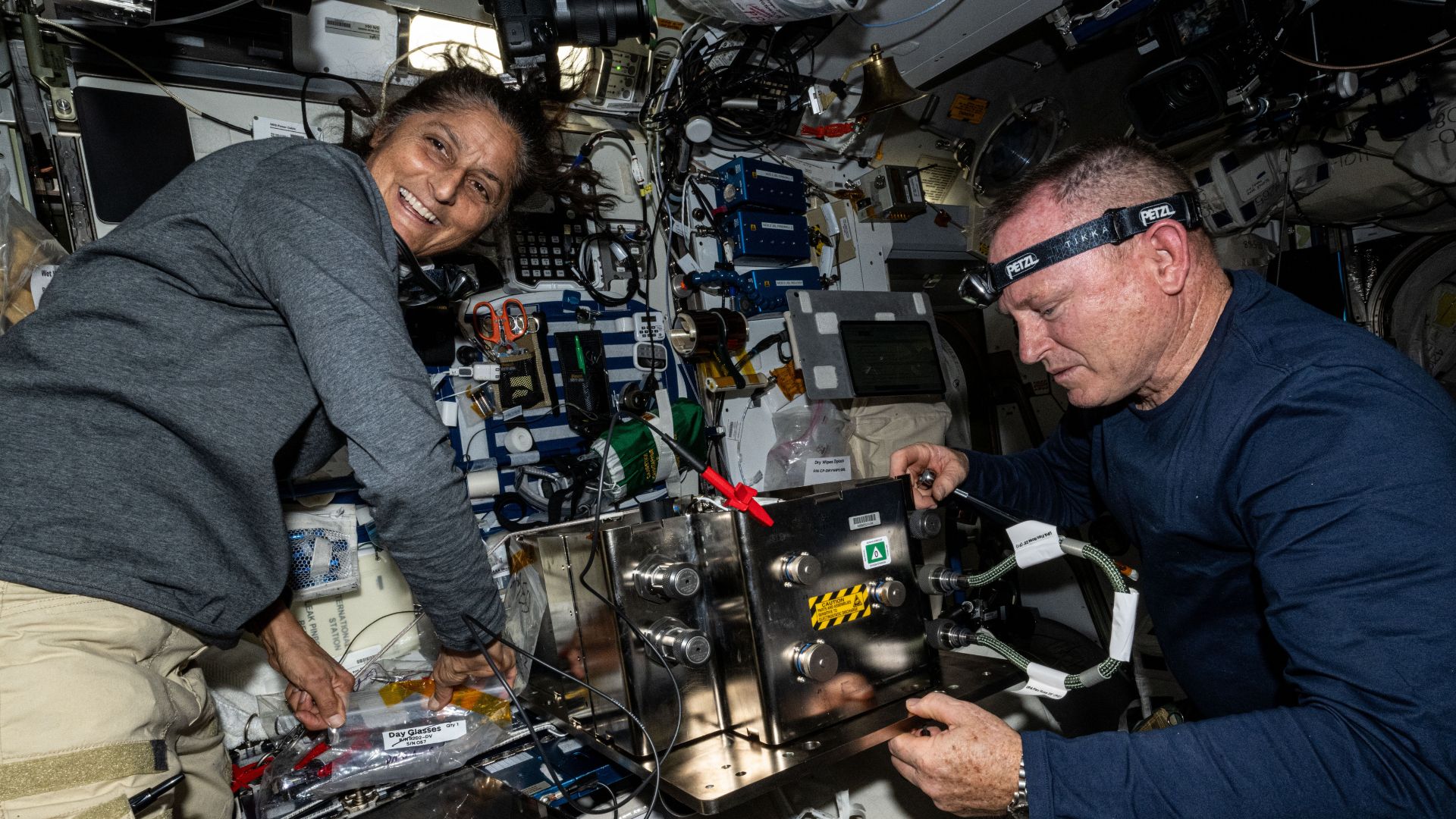
Officials have stated that Williams and Wilmore will stay on the ISS for another few months, making their journey in space extend from a week into a whopping eight months.
Next year, in 2025, the duo will return to Earth in a SpaceX craft.
A Difficult Decision
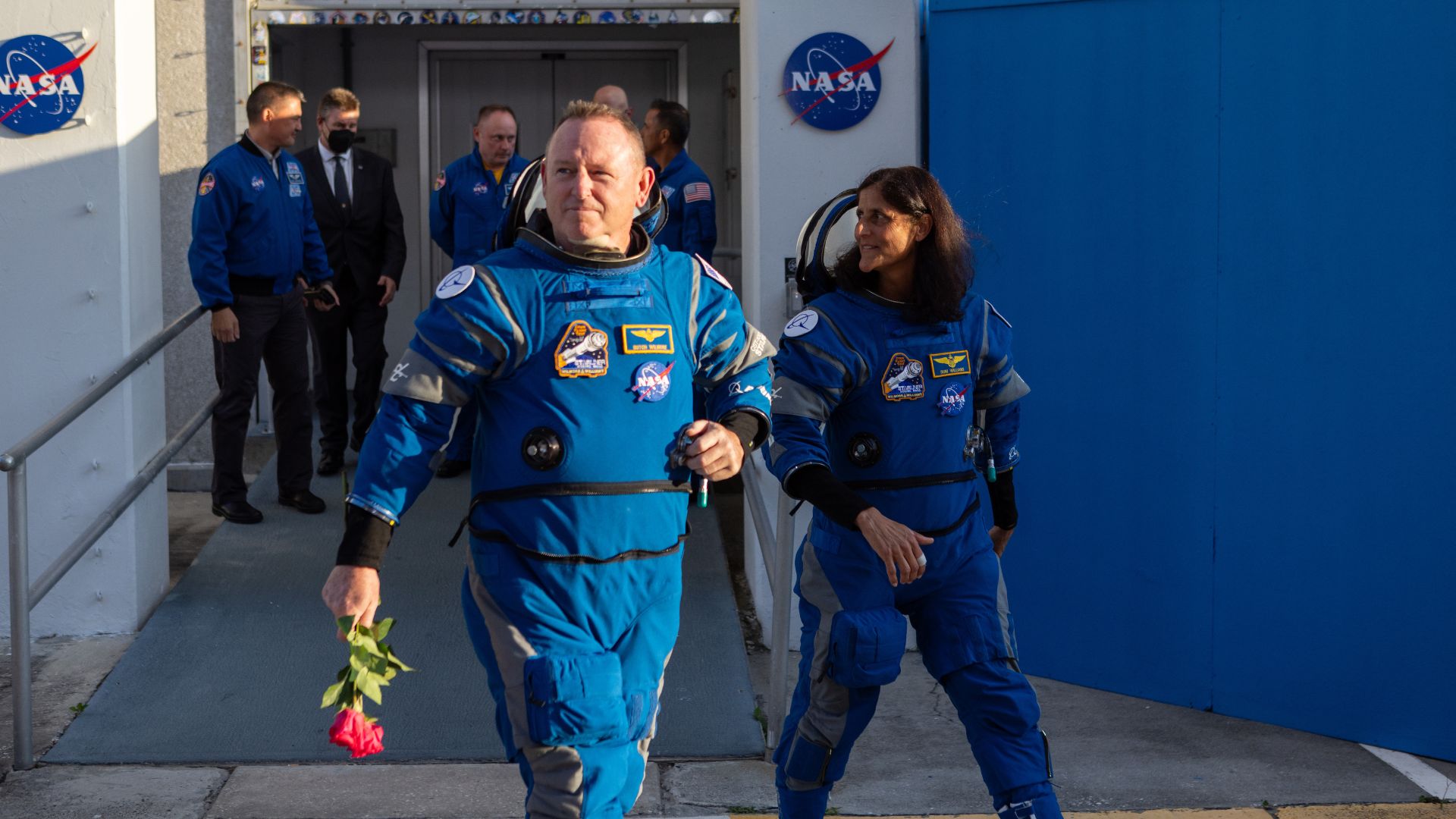
Jim Free, NASA’s associate administrator, opened up about how this decision was incredibly difficult to make.
Free explained, “This has not been an easy decision, but it is absolutely the right one.”
The Main Issues
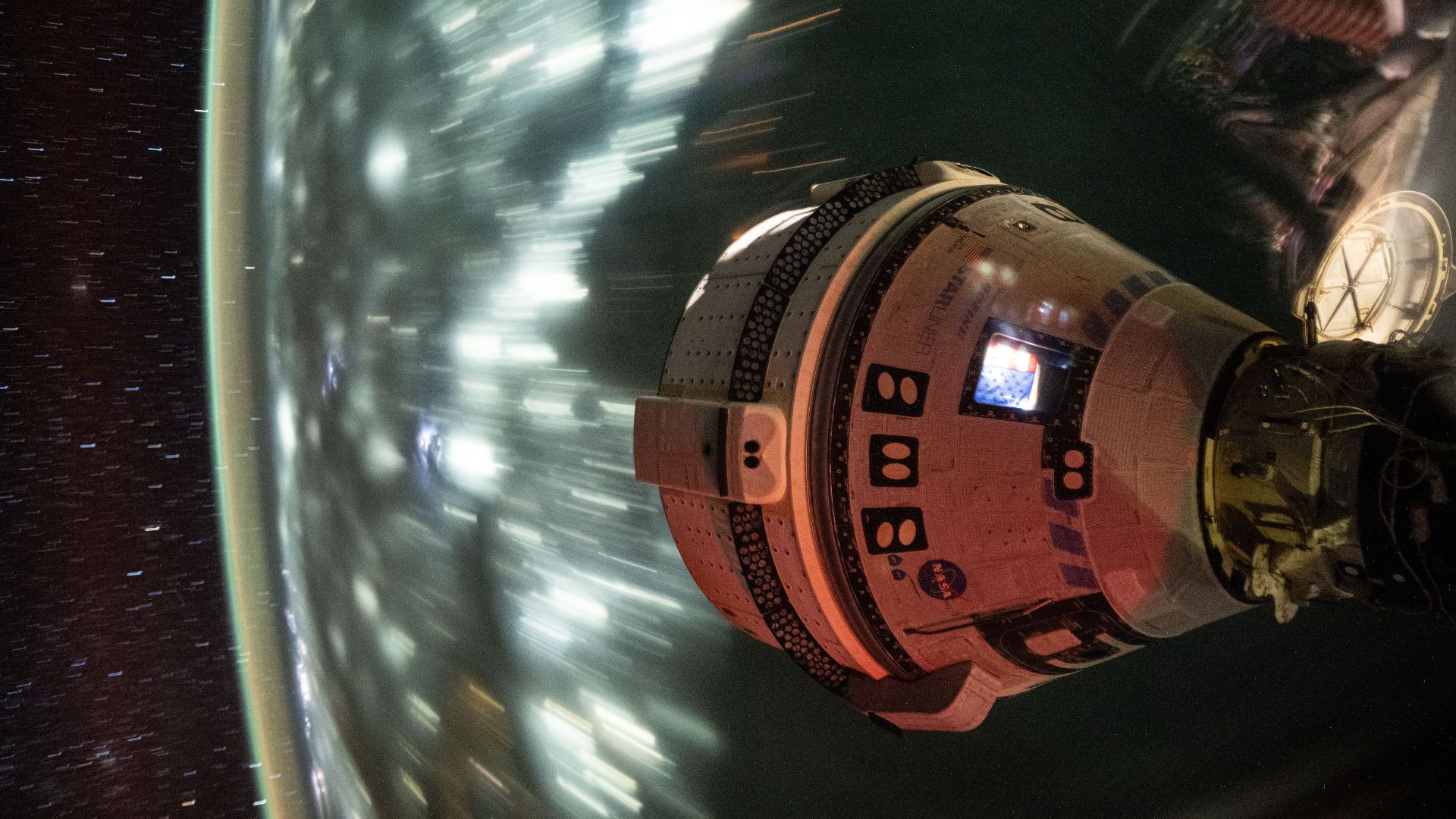
While Starliner has had various issues — such as persistent helium leaks both before and after launch — officials have noted that the failing thrusters have mainly been the cause of this push to have the astronauts return to Earth with SpaceX.
While the Starliner was initially docking with the ISS months ago, five thrusters failed. So far, four have come back online, yet issues have remained.
Not Enough Options to Choose From
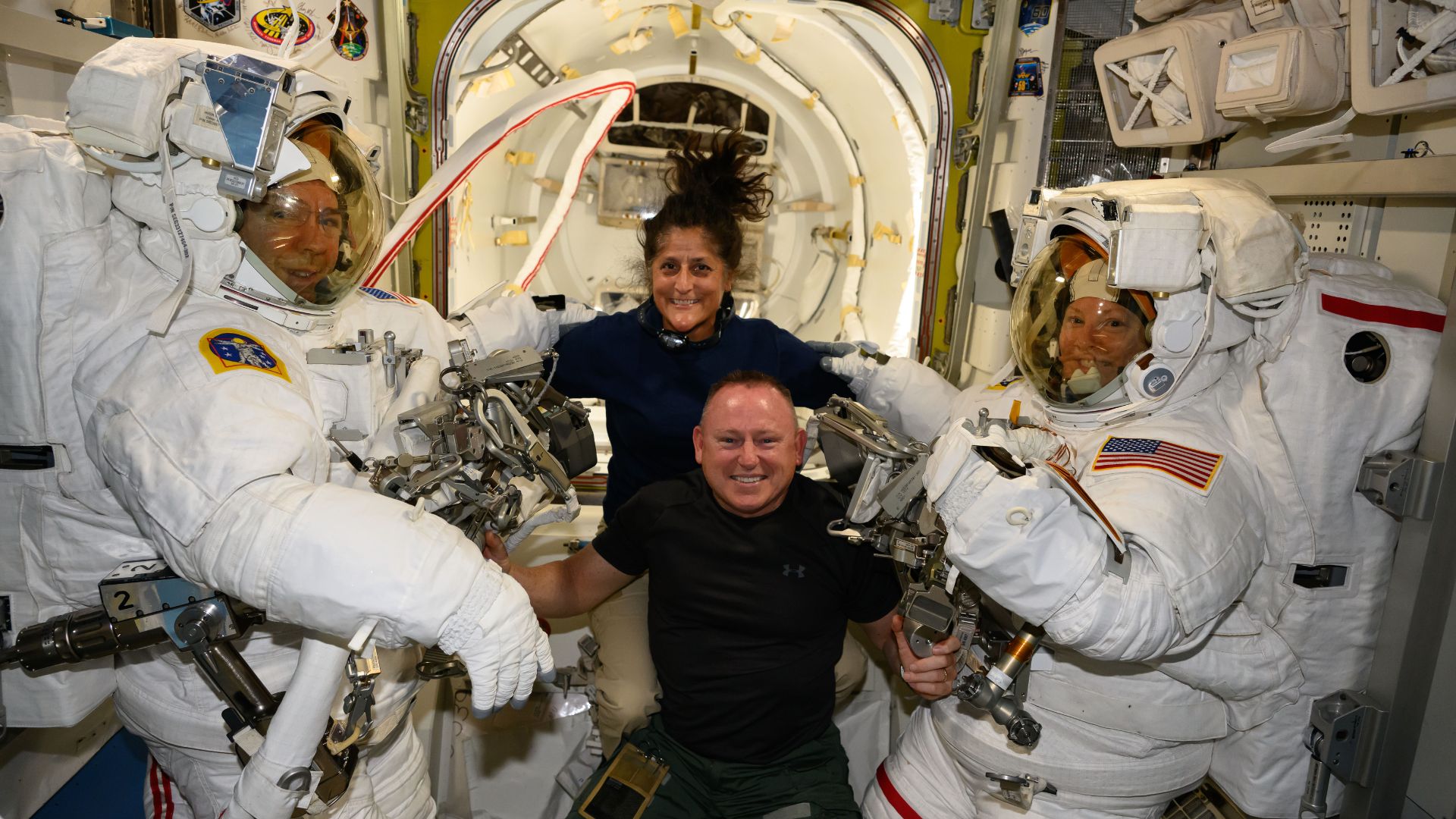
Experts have noted that NASA officials didn’t have a ton of options to choose from. Allowing Williams and Wilmore to return on a SpaceX capsule next February was truly the only choice they could make.
The current SpaceX capsule docked at the ISS is set to return with four astronauts who have been up in space since March. There isn’t enough room to safely add two more astronauts into the capsule. The same goes for the Russian Soyuz capsule, which only allows for three spaces.
Boeing’s Response
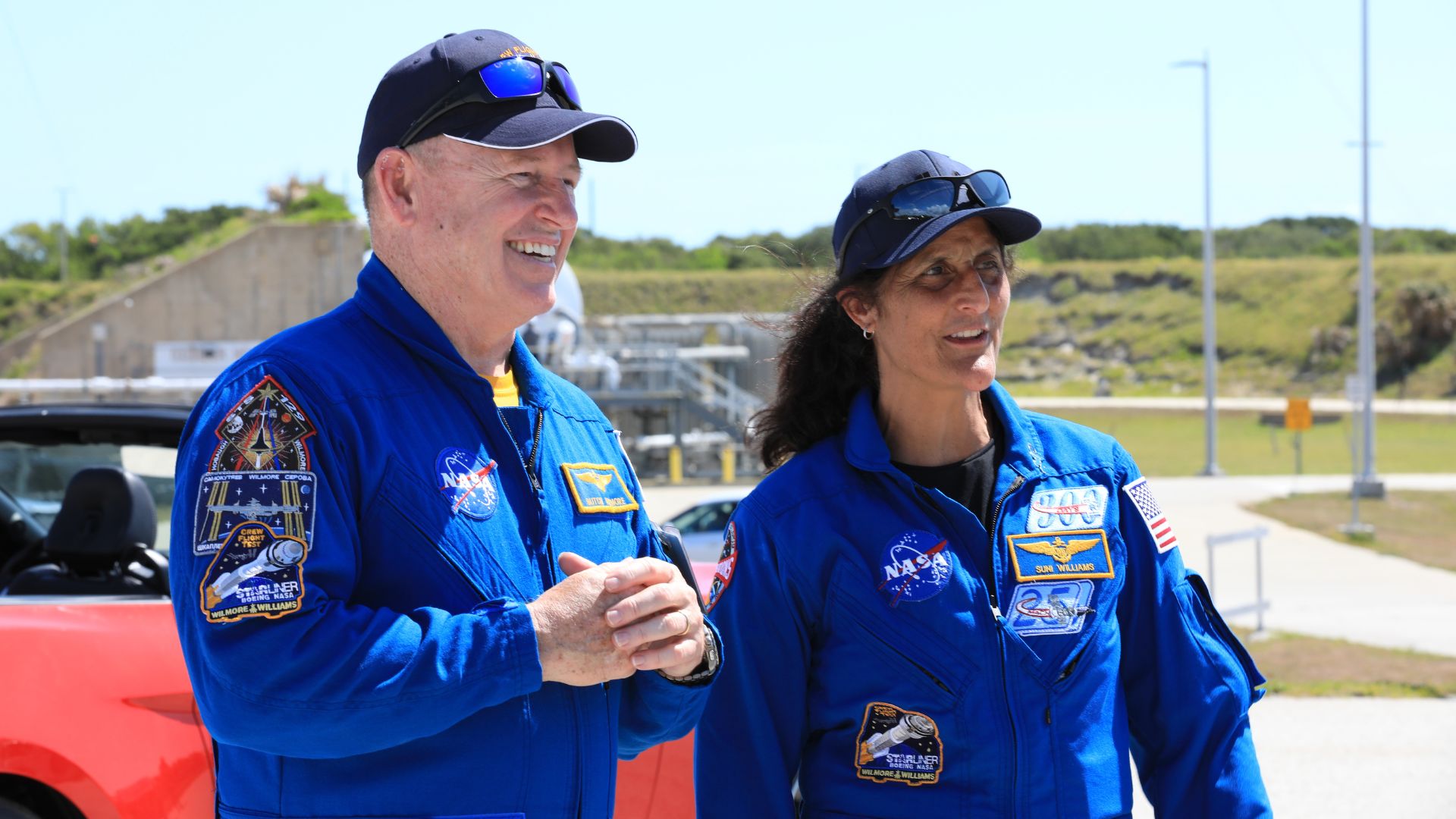
Boeing notably wasn’t present in the NASA news conference that occurred this weekend. However, the company did release a statement.
The statement said, “Boeing continues to focus, first and foremost, on the safety of the crew and spacecraft.” The company added that the craft was prepared “for a safe and successful return.”
Yet Another Blow to Boeing
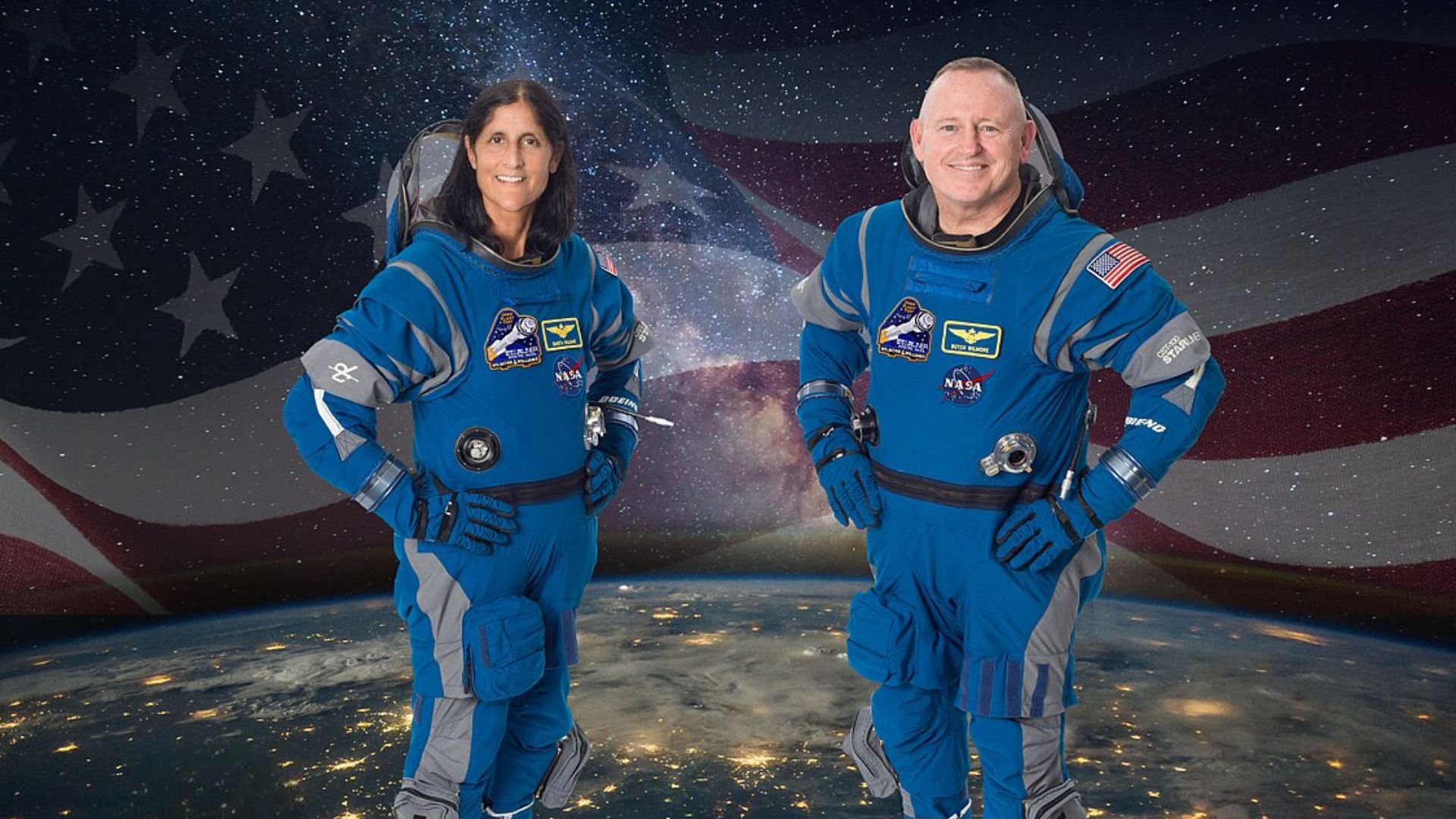
This announcement that the Boeing Starliner craft was not safe enough to return the astronauts to Earth has come as yet another blow to the troubled company.
For much of this year, Boeing has been under fire for their airplanes, as various jets have had to make emergency landings because of problems. Now, their spacecraft and ability to keep both fliers and astronauts safe has become headline news.
